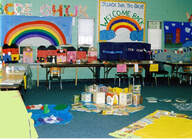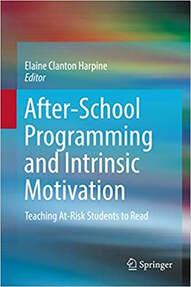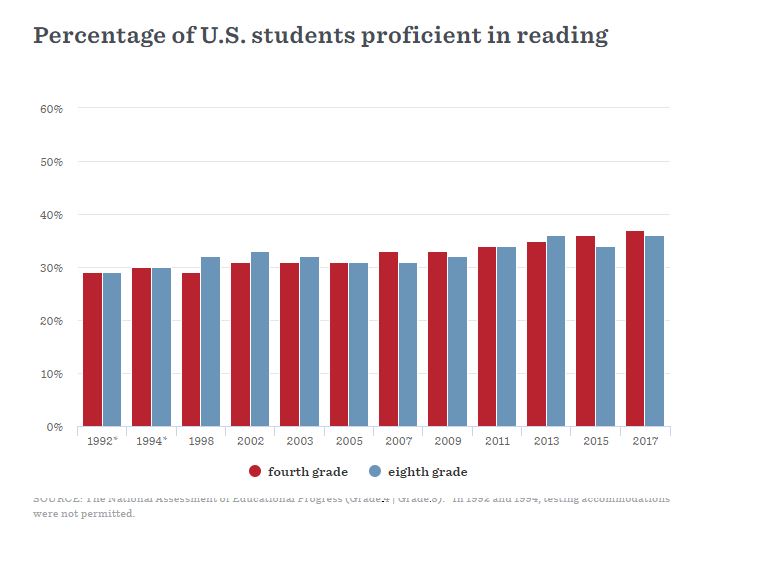
My Camp Sharigan reading program, a weeklong group program for helping failing students learn to read, encountered just such a student. On the first day, the teacher pointed out a student to me and said, “I’ve tried everything. He simply will not read. He won’t even try.” By the end of the week, the same little boy was sitting outside the door waiting for Camp Sharigan to open. As I greeted him, he said, “It’s the last day. I don’t wanta miss anything. Will the same book still be on the bridge today? I found this book yesterday. Would you help me read it?”
It is sometimes hard to get children interested in reading. Some children love books, while others are just too active to want to sit and listen to a story. The problem grows when the child starts school. In school, some children cannot wait to learn to read, and yet others show absolutely no interest.
Reading is not the same as speaking. Children learn to speak by listening to their parents and those around them. Children learn to speak by imitating. Reading is a totally different story. Reading is a skill that must be taught. No child is born knowing how to read. Teaching a child to read is where the problem becomes complicated. There are many different theories about the best way to teach a child to read, and new research is released every day.
How Do Children Learn To Read?
For children to learn to read, they must learn how to identify written alphabet letters or letter clusters and connect such letters to their oral sound system. The oral sound system is already in place in the brain. It’s the system that we use to speak. You see, the brain focuses on letter sounds, not words. The brain does not remember words; the brain focuses on sounds. The confusing part for children learning to read is deciding when a letter uses which sound.
As David Moreau from the Centre for Brain Research and School Psychology at The University of Auckland explains, our alphabet has 26 letters. Yet, those 26 letters are used to produce 40 different sounds (what researchers call phonemes). The really hard part is that the English language uses 250 different letter combinations or spellings to make those 40 different sounds.
Even the most dedicated and hard-working child can become confused when they confront these 250 different letter combinations. As one student explained to me, “the letters keep changing their sound.” Not really, but it certainly seems that way.
Why Do Some Children Learn To Read And Others Do Not?
In school, the most common teaching methods are whole language, balanced literacy, and phonics. Unfortunately, as David Kilpatrick states in his book Equipped for Reading Success, whole language, balanced literacy, and phonics, even systematic phonics do not teach students how to work with the brain’s oral filing system and match alphabet letters to oral sounds.
What Makes a Reading Program Successful? (read more about Kilpatrick's research)
Kilpatrick explains that phonics, even systematic phonics, does not teach letter-sound relationships in the same way that the brain processes letter sounds and connects those sounds to the oral language filing system.

The method that I use is vowel clustering, and yes, it works with the oral language system. Vowel clustering teaches students to break words down into individual letter sounds or sound clusters, and then, to put those sounds back together and pronounce and read the words. My vowel clustering teaching method also teaches students spelling, handwriting, oral reading fluency, comprehension, and story writing. Vowel clustering has been tested and proven to work with struggling, at risk, and failing students. A student, who failed for nine years using balanced literacy and phonics, learned to read in 3 ½ years using vowel clustering. See my 2019 book for the complete research report.
My forthcoming book, Why Can’t We Teach Children To Read? Oh, but Wait, We Can! teaches a straightforward, ready-to-use vowel clustering teaching method. Parents, tutors, homeschoolers, afterschool programs, and classroom teachers can use this program. Yes, we really can teach almost every student who struggles to read. Use the email link above to contact me for more information.

 RSS Feed
RSS Feed
